The McGill University paleontologist, who died from COVID-19, was known for using multidisciplinary methods to explore the origins of amphibians, birds, and mammals.


Leroy Hood is one of the world’s leading scientists in molecular biotechnology and genomics.
Leroy Hood M.D., Ph.D.
A Personal View of Systems Biology and the Coming of “Big” Science.
This is a truly remarkable time in the biological sciences. Biology now has the opportunity to effectively attack some of the most fundamental problems of society, including healthcare, agriculture, bio-energy, a sustainable environment, and nutrition.
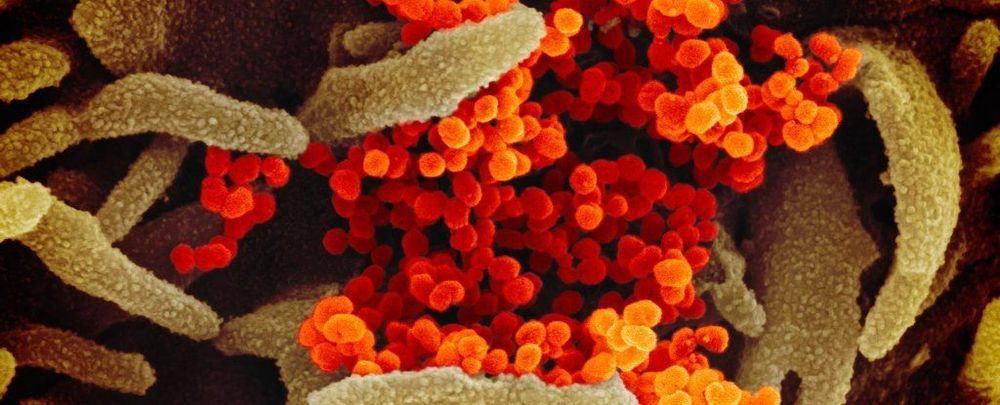
Scientists have discovered which kinds of cells in the human body may be most susceptible to infection by the SARS-CoV-2 virus, identifying putative targets for the pathogen based on the types of proteins produced by cells.
During the original SARS epidemic in the early 2000s, researchers found that the virus responsible, officially designated SARS-CoV, infects cells with the help of two proteins: a receptor called angiotensin-converting enzyme 2 (ACE2), which helps the virus bind to cells, and an enzyme called Type II transmembrane serine protease (TMPRSS2), which mediates the infection of the cell.
Earlier this year, scientists discovered that SARS-CoV-2 — the one that causes COVID-19 — exploits the same two proteins, giving researchers a vital clue to identify the most susceptible targets of the virus at the cellular level: cells in respiratory and intestinal tissue that express both ACE2 and TMPRSS2.
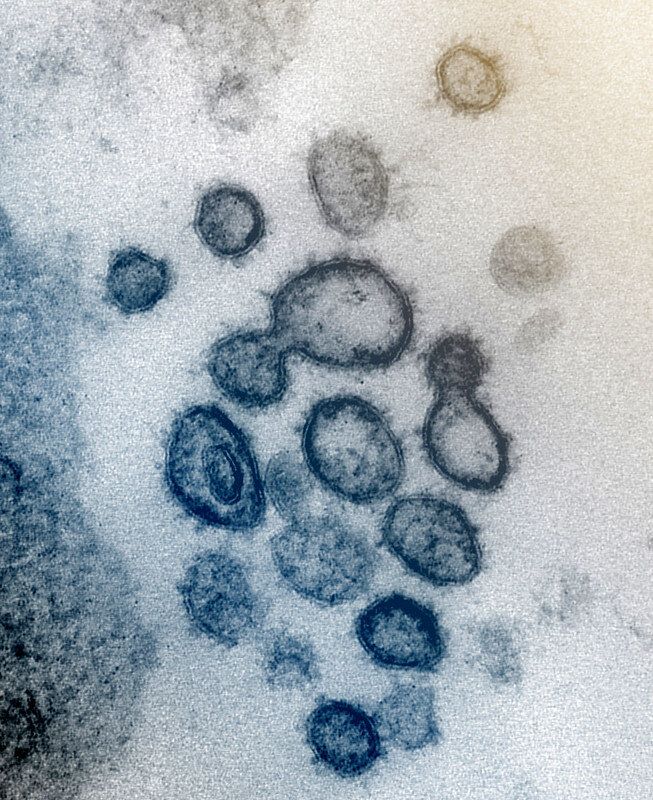
The new coronavirus is quickly destroyed by sunlight, according to new research announced by a senior US official on Thursday, though the study has not yet been made public and awaits external evaluation.
William Bryan, science and technology advisor to the Department of Homeland Security secretary, told reporters at the White House that government scientists had found ultraviolet rays had a potent impact on the pathogen, offering hope that its spread may ease over the summer.
“Our most striking observation to date is the powerful effect that solar light appears to have on killing the virus, both surfaces and in the air,” he said.
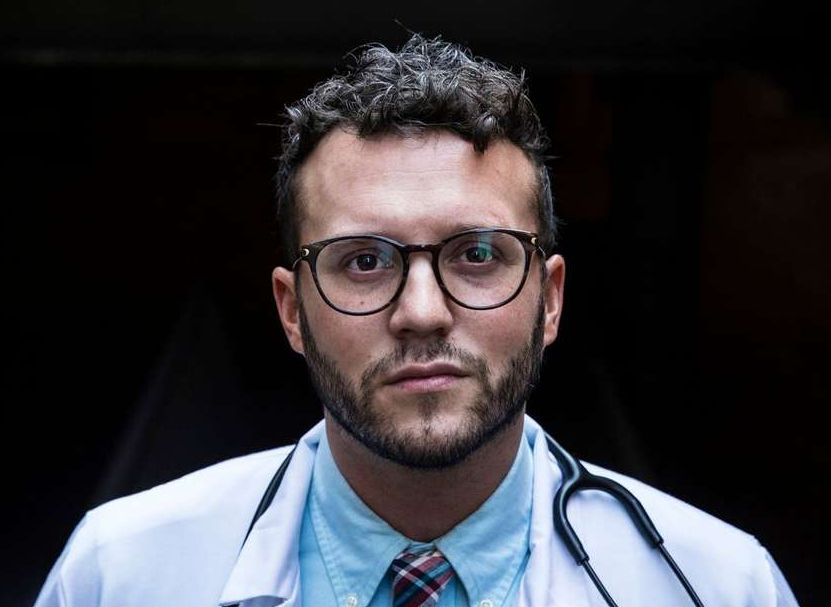
I’ve been shocked sometimes when I walk in and see the patients. Most of the ones I’ve intubated are young — 30s, 40s, 50s. These are people who walked into the ER because they were coughing a day or two ago, or sometimes hours ago. By the time I come into the room, they are in severe respiratory distress. Their oxygen level might be 70 or 80 percent instead of 100, which is alarming. They are taking 40 breaths a minute when they should be taking 12 or 14. They have no oxygen reserves. They are pale and exhausted. It puts them in a mental fog, and sometimes they don’t hear me when I introduce myself. Some are panicky and gasping. Others are mumbling or incoherent. Last week, one patient was crying and asking to use my phone so they could call family and say goodbye, but their oxygen levels were dropping, and we didn’t have time, and I couldn’t risk bringing my phone in and contaminating it with virus, and the whole thing was impossible. I kept apologizing. I just —. I don’t know. I have to find a way to hold it together in order to do this job. I tear up sometimes, and if I do, it can fog up my face shield.
“It’s a powerless feeling, watching someone die”: An anesthesiologist on the frontline of coronavirus outbreak.

If you found this article informative please like and follow our Facebook page for the latest in neuroscience news: https://m.facebook.com/story.php?story_fbid=572929550002060&id=383136302314720
MORGANTOWN, W.Va. – The West Virginia University Rockefeller Neuroscience Institute today announced a new study published in partnership with Weill Cornell Medical Center that demonstrates the successful opening of the blood brain barrier in the hippocampus and entorhinal cortex using focused ultrasound to treat six patients with early onset Alzheimer’s disease.
This first-in-the-world study has been published in the Proceedings of the National Academy of Sciences journal. The effort is part of a Phase II clinical trial, sponsored by INSIGHTEC, which developed the technology and manufactures the focused ultrasound device, Exablate Neuro.
“The blood brain barrier has long presented a challenge in treating the most pressing neurological disorders,” Ali Rezai, M.D., executive chair of the WVU Rockefeller Neuroscience Institute, said. “The ability to non-invasively and reversibly open the blood brain barrier in deep brain areas such as the hippocampus, offers a new potential in developing treatments for Alzheimer’s disease.”

Results indicate that, early after birth, pioneer bacteria colonize the infant gut and by one month prophages induced from these bacteria provide the predominant population of virus-like particles. By four months of life, identifiable viruses that replicate in human cells become more prominent. Multiple human viruses were more abundant in stool samples from babies who were exclusively fed on formula milk compared with those fed partially or fully on breast milk, paralleling reports that breast milk can be protective against viral infections. Bacteriophage populations also differed depending on whether or not the infant was breastfed. We show that the colonization of the infant gut is stepwise, first mainly by temperate bacteriophages induced from pioneer bacteria, and later by viruses that replicate in human cells; this second phase is modulated by breastfeeding.
Initially most of the viruses are bacteriophages, but as the abstract indicates, as time passes more and more of the viral community is made up of viruses that inhabit the human gut cells.
The discussion focuses upon the finding that breastfeeding reduces the level of pathogenic viruses in the infants. That finding replicates other work based on different approaches. One of the infant cohorts included in this study was from Botswana, and the findings there are more pronounced than in their U.S. (Philadelphia)-based cohorts.
In the African cohort, we not only found viruses that grow in human cells more commonly in exclusively formula-fed babies, but we also found more colonization in both feeding groups compared to US babies, emphasizing potential opportunities to intervene to reduce viral transmission to infants.
The variation of microbiomes in different human populations is a really important component of human biological variability. Studies like this one are helping to show how that variation comes about through the development process and environmental exposures.
A paper in Nature looks at the viral component of the infant gut microbiome.
NASA engineers have designed a mass-producible ventilator tailored to coronavirus patients, and it could get emergency approval from the Food and Drug Administration by the weekend.
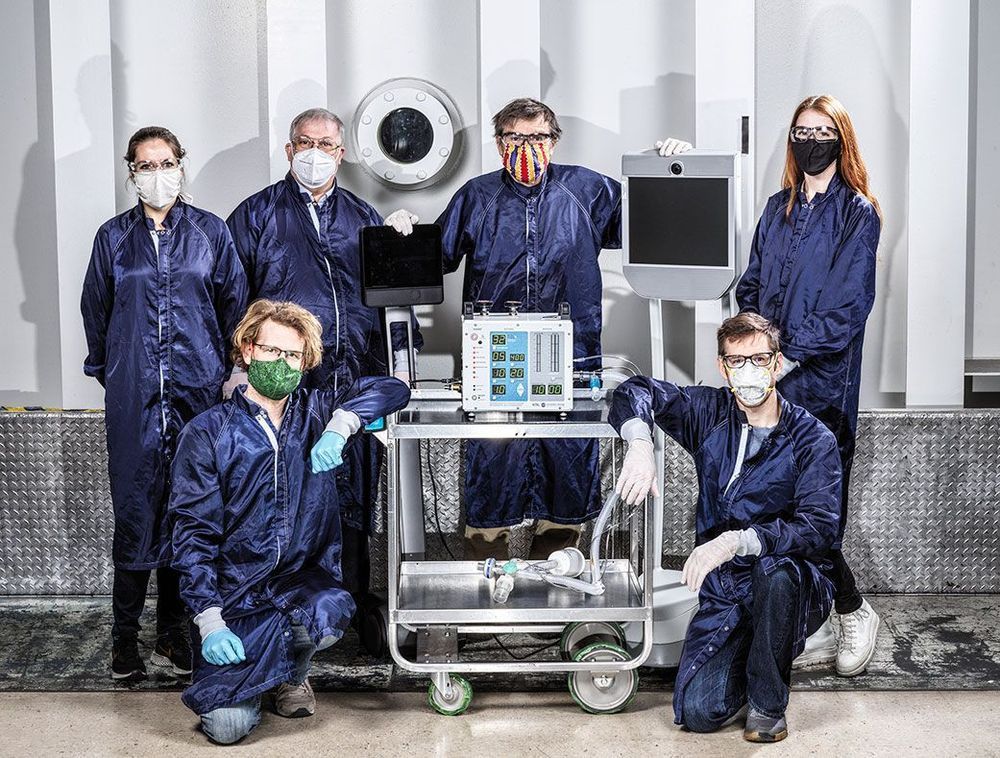
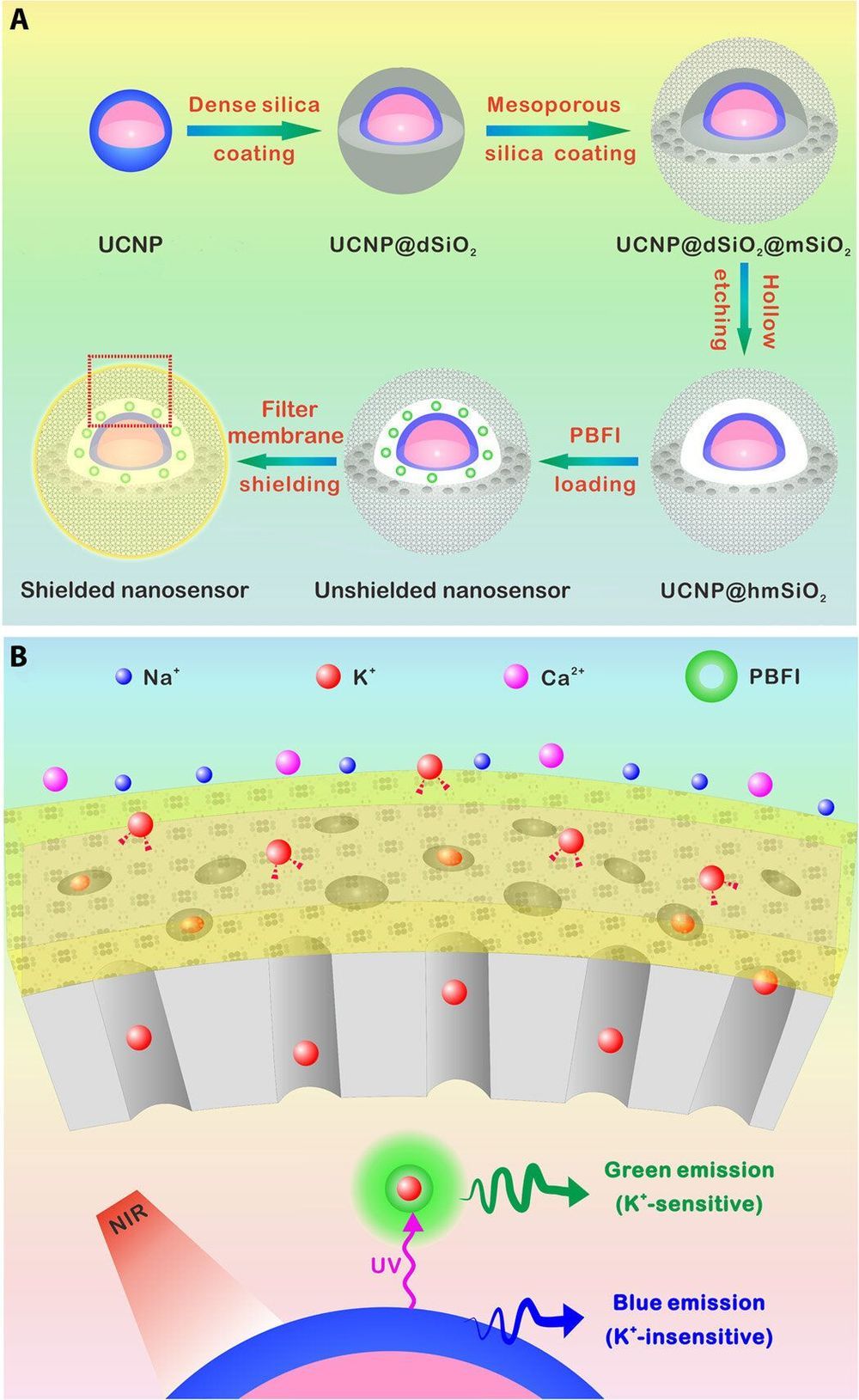
Researchers have developed a number of potassium ion (K+) probes to detect fluctuating K+ concentrations during a variety of biological processes. However, such probes are not sensitive enough to detect physiological fluctuations in living animals and it is not easy to monitor deep tissues with short-wavelength excitations that are in use so far. In a new report, Jianan Liu and a team of researchers in neuroscience, chemistry, and molecular engineering in China, describe a highly sensitive and selective nanosensor for near infrared (NIR) K+ ion imaging in living cells and animals. The team constructed the nanosensor by encapsulating upconversion nanoparticles (UCNPs) and a commercial potassium ion indicator in the hollow cavity of mesoporous silica nanoparticles and coated them with a K+ selective filter membrane. The membrane adsorbed K+ from the medium and filtered away any interfering cations. In its mechanism of action, UCNPs converted NIR to ultraviolet (UV) light to excite the potassium ion indicator and detect fluctuating potassium ion concentrations in cultured cells and in animal models of disease including mice and zebrafish larvae. The results are now published on Science Advances.
The most abundant intracellular cation potassium (K+) is extremely crucial in a variety of biological processes including neural transmission, heartbeat, muscle contraction and kidney function. Variations in the intracellular or extracellular K+ concentration (referred herein as [K+]) suggest abnormal physiological functions including heart dysfunction, cancer, and diabetes. As a result, researchers are keen to develop effective strategies to monitor the dynamics of [K+] fluctuations, specifically with direct optical imaging.
Most existing probes are not sensitive to K+ detection under physiological conditions and cannot differentiate fluctuations between [K+] and the accompanying sodium ion ([Na+]) during transmembrane transport in the Na+/K+ pumps. While fluorescence lifetime imaging can distinguish K+ and Na+ in water solution, the method requires specialized instruments. Most K+ sensors are also activated with short wavelength light including ultraviolet (UV) or visible light—leading to significant scattering and limited penetration depth when examining living tissues. In contrast, the proposed near-infrared (NIR) imaging technique will offer unique advantages during deep tissue imaging as a plausible alternative.